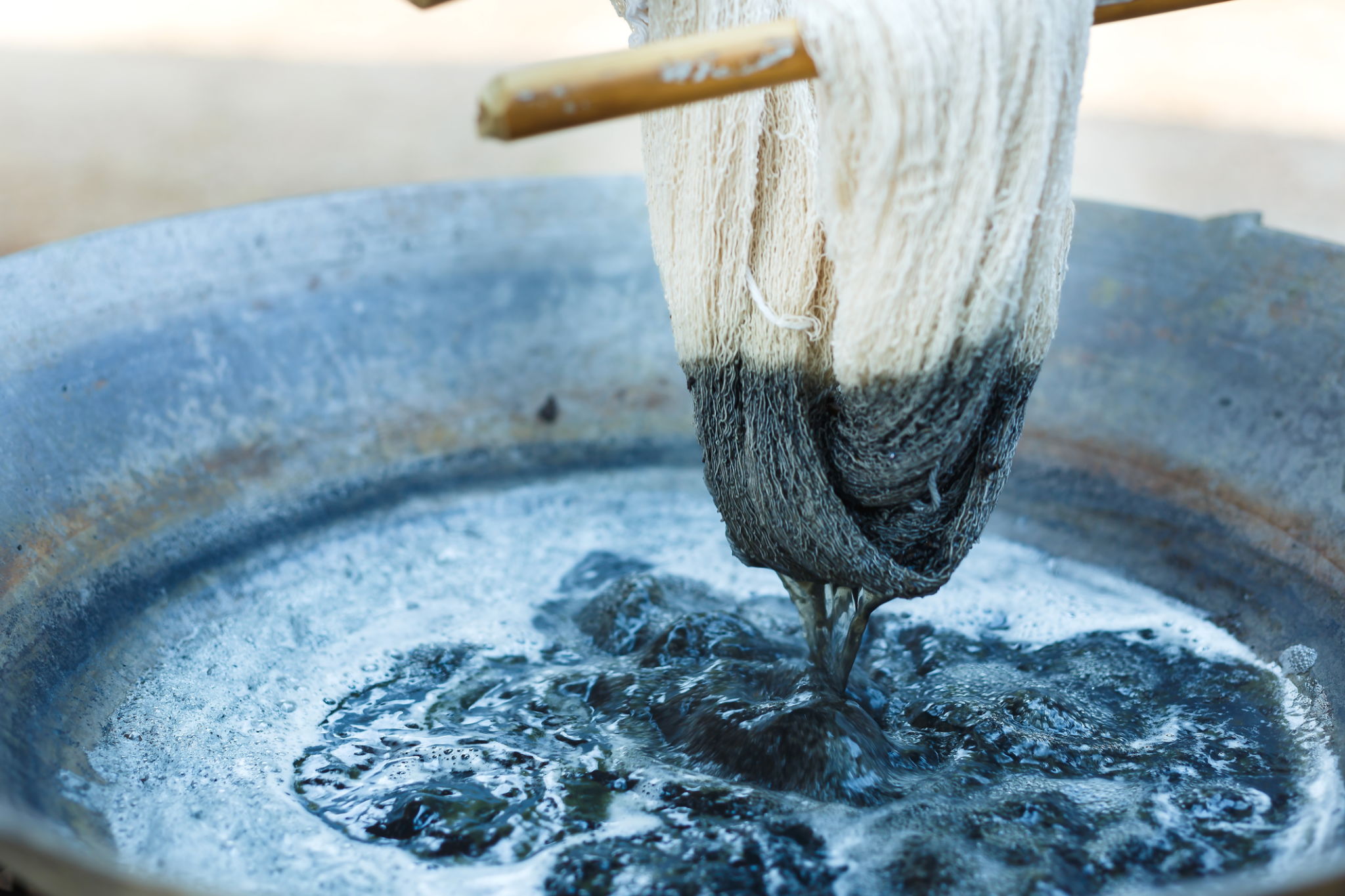DIY: Creating Natural Dyes with Mimosa Hostilis Bark
Introduction to Natural Dyeing
Natural dyeing is an ancient practice that has seen a resurgence in recent years as people look for more sustainable and eco-friendly ways to color fabrics. One of the most intriguing natural sources for dye is the Mimosa Hostilis bark, also known for its vibrant hues and versatility. This blog post will guide you through the process of creating your own natural dyes using this remarkable bark.

Benefits of Using Mimosa Hostilis Bark
Mimosa Hostilis, native to Brazil and Mexico, is renowned for producing a rich, deep purple dye. Its benefits extend beyond color, as it is a natural source free from the harmful chemicals often found in synthetic dyes. The bark is also known for its high tannin content, which helps the dye adhere to fabrics more effectively.
Environmental Impact
Using natural dyes like those from Mimosa Hostilis significantly reduces the environmental impact compared to synthetic alternatives. The process involves fewer pollutants, and the materials are biodegradable, contributing to a healthier ecosystem.

Materials Needed
Before embarking on your dyeing journey, gather the following materials:
- Mimosa Hostilis bark (ground or powdered form)
- Natural fabric (cotton, silk, or wool work best)
- Large pot for boiling
- Water
- Strainer or cheesecloth
- Mordant (alum or vinegar)
Step-by-Step Guide to Dyeing
Step 1: Prepare the Fabric
Begin by washing your fabric to remove any impurities. This ensures that the dye adheres evenly. Then, soak the fabric in a mordant solution according to the instructions on your chosen mordant. This step helps fix the dye to the fabric.
Step 2: Create the Dye Bath
Fill your pot with water and add the Mimosa Hostilis bark. Simmer gently for about an hour to extract the color. Strain the liquid through a cheesecloth to remove solids, leaving you with a concentrated dye bath.

Step 3: Dyeing the Fabric
Submerge the prepared fabric in the dye bath, ensuring it is fully covered. Allow it to simmer gently, stirring occasionally. The longer it sits, the deeper the color will be. Once satisfied with the shade, remove and rinse it thoroughly in cold water.
Caring for Naturally Dyed Fabrics
After successfully dyeing your fabric, care is essential to maintain its vibrancy. Wash dyed items separately in cold water and mild detergent. Avoid prolonged exposure to direct sunlight to prevent fading.
Conclusion
Creating natural dyes from Mimosa Hostilis bark is not only a rewarding DIY project but also a step towards sustainable living. By choosing natural over synthetic, you're contributing to a healthier planet while enjoying unique, vibrant colors that tell a story as rich as their origins.
